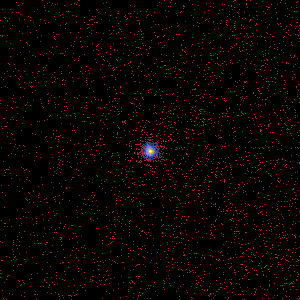
On August 27, 1883, the island of Krakatoa in the Dutch East Indies pratically blew up in a tremendous volcanic explosion. As a result of this explosion, huge waves rose more than a hundered feet in the air. They wiped out hundereds of villages. And they rushed across the ocean at speed up to 700 miles an hour and made themselves felt on the coasts of Australia and California, thousands of miles away!
In 1946, there was an earthquake on the ocean floor near Aleutian Islands. A gigantic wave was set up and in less than five hours it traveled 2,000 miles and struck Hawaii. It lifted houses and bridges and threw them hundereds of metres. More than 170 people were drwoned.
Both of these great waves are what we call "tidal waves". They are completely unlike the normal waves at sea or those along the shore, and have nothing to do with winds or tides.Scientists have a special name for tidal waves. They call them by the Japanese name tsunami. A tidal wave, ot tsunami, is caused by some disturbance in the bottom of the sea. Usually, this is an earthquake that takes place on the ocean floor.
An earthquake on the ocean bottom produces a shock wave taht travels through the water, just as a loud sound travels through the air. In fact, this shock travels thorugh the water with the speed of sound.
If a ship happens to be in the region, it will actually be rocked by the shock, and it feels just as if the ship has struck a rock!
When an earthquake takes place on the ocean bottom, the ocean floor shifts and slides. It is the motion and the shock of the disturbance that produce tidal waves. Sometimes a great depression is suddenly created in wave is formed and begins at once to move across the sea at great speed.
When a tidal wave approaches land, the first sign, oddly enough, is a swell or rise that is just like an ordinary wave. Then the sea level falls for a number of minutes, as if it were very low tide. A big area of the ocean floor near the coast may be exposed. Then the great tidal wave comes crashing in!
















